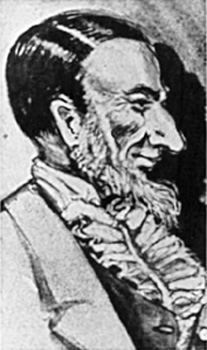Woodward proved to be very effective in accomplishing
this enormous task. The Judge was an eccentric man, said to be unpredictable,
misunderstood, as well as an “uncouth bachelor” (Bordin, 2). As bad
as his behavior was, he had numerous powerful friends in government.
The most important of these, with whom he frequently consulted, was Thomas
Jefferson, then President of the United States (Sagendorph, 36).
Woodward’s superior skills as a statesman and educator were among his redeeming
qualities which would help him establish the Catholepistemiad. He
had the political muscle to keep the project moving forward and the experience
in education to keep it well planned.
|
 |
